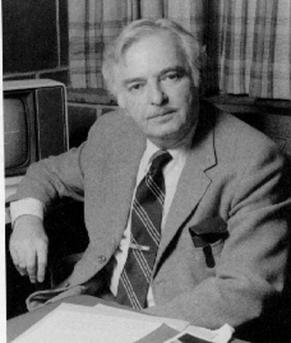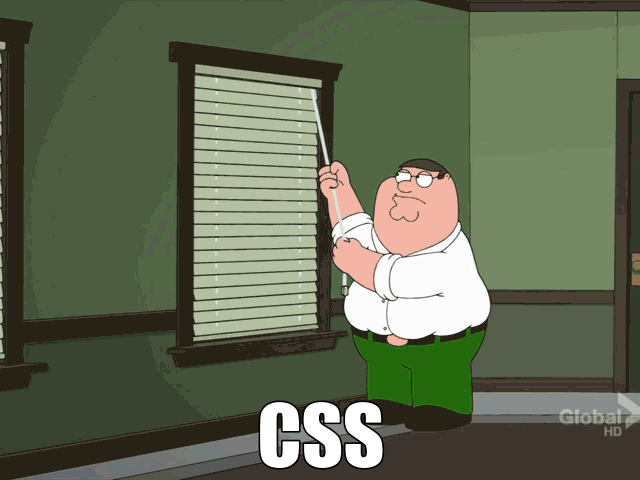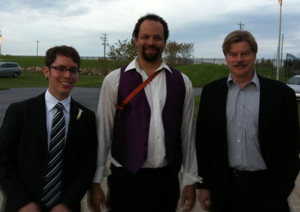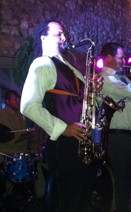
A pioneering figure in programming, Tom Kurtz, has passed away. Alongside his colleague John Kemeny, Kurtz developed the original version of the Dartmouth Timesharing System (DTSS). DTSS revolutionized computer access sharing across networks and paved the way for multiple students to access BASIC. It was unveiled on May 1, 1964, alongside BASIC.
BASIC has endured across generations of computers, from mainframes and minicomputers in the 1960s to microcomputers in the 1970s and 80s, and even to the credit-card-sized Raspberry Pi computer of today. In 1978, Harvard students Bill Gates and Paul Allen created their first version of BASIC for the MITS Altair 8800, a hobbyist-oriented microcomputer. This version transformed the Altair from a blinking box with limited capabilities into a functional computer, leading to a resurgence in BASIC’s popularity during the personal computer era.
When I encountered BASIC in high school, my life took a new turn. I discovered my passion for programming. BASIC has always held a special place in my heart, surpassing other languages in its ease of use and gentle learning curve, enabling users to quickly develop serious applications.
In 1993, I embarked on a journey by writing my first implementation of BASIC for Apple’s Newton. Prior to this, programming the Newton was limited to its native language, which was unique and exclusive. This development allowed tens of thousands of developers to unlock the full potential of their Newtons.
It was during the 1990s that I had the privilege of meeting Tom Kurtz. He was at an educational conference representing True BASIC, the latest version of his product. We engaged in a meaningful conversation, reflecting on the positive impact we had made on people’s lives and the incredible creations they were building using our tools.
Versions for Palm and Windows CE followed. Around 2009, I realized that JavaScript had become a serious language—it was no longer a mere toy. The web development model, utilizing HTML and CSS with a touch of JavaScript, could be reversed. JavaScript could be used as a robust development language, with HTML/CSS serving as the user interface. This realization led to the creation of AppStudio.
I never fail to recall the genesis of this entire journey. We included a BASIC to JavaScript translator in AppStudio, ensuring that BASIC could continue to be utilized by programmers who were familiar with it.
I can only imagine Tom’s amusement at the sight of programmers employing his 60-year-old programming language to create remarkable modern applications in the year 2024.
Thank you, Tom, for making all this possible.
George Henne



